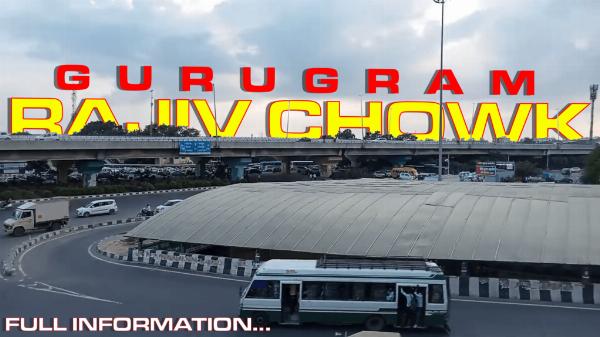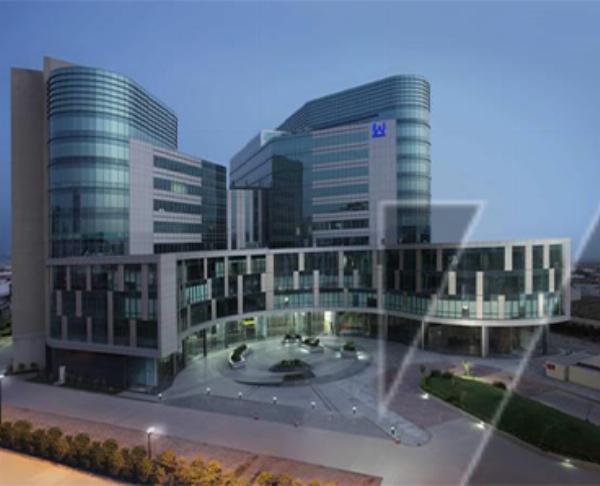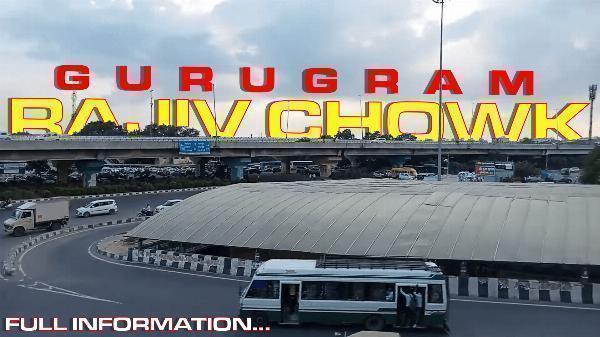 Automated Blog-to-Social Sharing – Publish Once. Appear Everywhere!
Automated Blog-to-Social Sharing – Publish Once. Appear Everywhere!
Delhi-Mumbai Expressway Route: A Game-Changer in Indian Infrastructure
Written by rajiv » Updated on: November 19th, 2024

Delhi-Mumbai Expressway is set to revolutionize connectivity and transportation between two of India's most significant metropolitan cities. This ambitious infrastructure project is not only a testament to India's growing development but also promises to boost economic growth, reduce travel time, and enhance the overall commuting experience. Here’s an in-depth look at what the Delhi-Mumbai Expressway route entails.
Project Overview
The Delhi Mumbai Expressway Route spanning approximately 1,386 kilometers, is poised to be India's longest expressway. This eight-lane, access-controlled expressway can be expanded to twelve lanes depending on future traffic demands. The project is being developed under the Bharatmala Pariyojana, an umbrella program for the highways sector in India, aimed at optimizing the efficiency of freight and passenger movement across the country.
Key Route Highlights
Starting Point: Delhi
The expressway begins from Sohna in Haryana, located near Delhi. This strategic starting point ensures easy access for travelers from the capital region, bypassing the congestion often seen in city traffic.
Major Intersections and Cities
Haryana: After starting at Sohna, the expressway passes through important towns such as Nuh, and Palwal, providing a significant boost to local economies.
Rajasthan: The route then enters Rajasthan, intersecting key cities such as Alwar, Dausa, and Kota. This segment of the expressway opens up numerous economic opportunities and improves connectivity within the state.
Madhya Pradesh: Further along, the expressway traverses Madhya Pradesh, passing through Ratlam and Jhabua. This section enhances accessibility to central India, fostering economic development in these regions.
Gujarat: Entering Gujarat, the expressway connects to Bharuch and Vadodara, vital industrial hubs that will benefit immensely from the improved transport infrastructure.
Maharashtra: Finally, the route culminates in Mumbai, India's financial capital. The expressway’s entry into Mumbai marks a significant milestone in connecting the northern and western parts of India more efficiently.
Economic and Social Impact
Reduced Travel Time
One of the most significant advantages of the Delhi-Mumbai Expressway is the reduction in travel time. Once completed, the expressway will cut down the travel time between Delhi and Mumbai from the current 24-26 hours to approximately 12-14 hours. This efficiency will benefit both passenger travel and freight movement, making logistics faster and more cost-effective.
Boost to Tourism and Trade
The expressway will open up new avenues for tourism and trade. Improved road connectivity will make it easier for tourists to access various destinations along the route, promoting local tourism. Additionally, the seamless movement of goods will enhance trade and commerce, benefiting businesses and contributing to economic growth.
Sustainable Development
The expressway is being constructed with a focus on sustainability. Plans include extensive tree plantations along the route, rainwater harvesting systems, and the use of recycled materials in construction. These measures aim to minimize the environmental impact and promote green development.
Conclusion
The Delhi Mumbai Expressway is a landmark project that promises to transform India's transportation landscape. By significantly reducing travel time, enhancing connectivity, and promoting economic development, this expressway will serve as a catalyst for growth and prosperity. As construction progresses, the anticipation for the benefits it will bring continues to build, making it a true game-changer in Indian infrastructure.
Delhi Mumbai Expressway Interchanges and Junctions By State
Delhi Mumbai Expressway Route In Haryana
NH-919, Flyover interchange at Bhirawati village in Sohna
Western Peripheral Expressway cloverleaf interchange near Khalilpur village
MDR132, Flyover interchange between Nuh-Ujina on Nuh-Hodal link
MDR135, Interchange between Bhadas-Hathin in Bhadas
MDR131, Flyover interchange to the west of Pinangwan on the Moolthan-Hodal section
NH22, Flyover interchange east of Ferozepur Jhirka
Kolgaon, South of Ferozpur Jhirka
Delhi Mumbai Expressway Route In Rajasthan
Alwar, Interchanges at NH45, NH14, and NH44
Rajgarh interchange at NH25A
NH148, Interchange on Manoharpur-Dausa highway
Jaipur, Intersections at NH21 and NH23
NH552, Sawai Madhopur interchange
NH29, Indragarh interchange
Kota, Interchanges at NH34, NH52, and NH27
NH9A, Rawatbhata interchange
NH31A, Neemuch interchange
Delhi Mumbai Expressway Route In Madhya Pradesh
Mandsaur, interchanges at NH31 and NH14
Jaora
Ratlam and Banswara
Thandla
Delhi Mumbai Expressway Route In Gujarat
Dahod
Godhra
Vadodara
Surat
Delhi Mumbai Expressway Route In Maharashtra
Valsad
Vapi-Silvassa
Virar
Mumbai
Notable Section Highlights and Key Attractions Along The Way
The Delhi Mumbai Expressway passes through a tapestry of cultural rich and historically significant locations, offering remarkable diversions for the traveller. Tourist attractions such as the Amber Fort in Jaipur, the City Palace in Udaipur, and the Sabarmati Riverfront in Ahmedabad, beckon with their unique appeal.
Delhi to Mumbai Expressway Status: Latest News 2024
According to Transport secretary Anurag Jain , the Delhi-Surat stretch of the 1,400-kilometre Delhi-Mumbai expressway will be ready by March of 2024 and the entire stretch till Mumbai will be complete by December 2024. The JNPT node will finish by March 2025
Note: IndiBlogHub features both user-submitted and editorial content. We do not verify third-party contributions. Read our Disclaimer and Privacy Policyfor details.
Copyright © 2019-2025 IndiBlogHub.com. All rights reserved. Hosted on DigitalOcean for fast, reliable performance.











